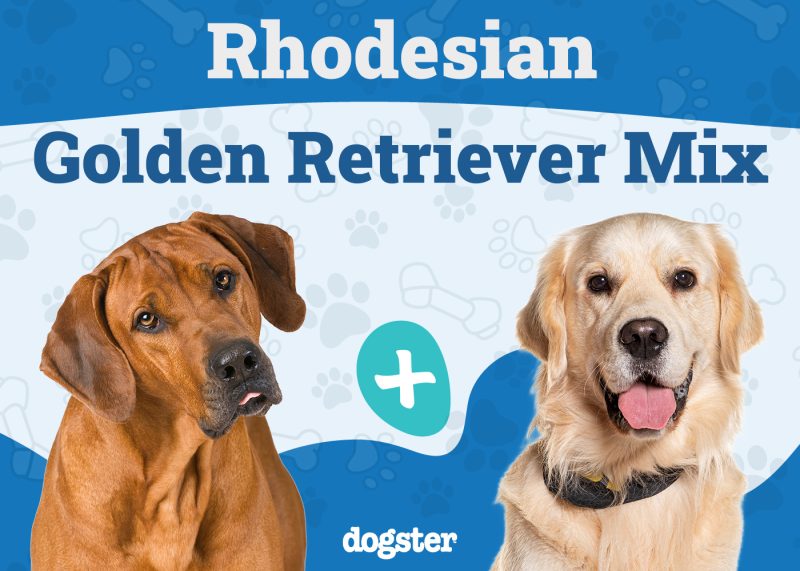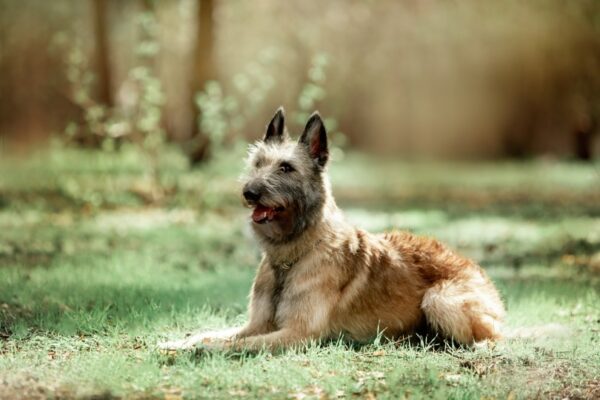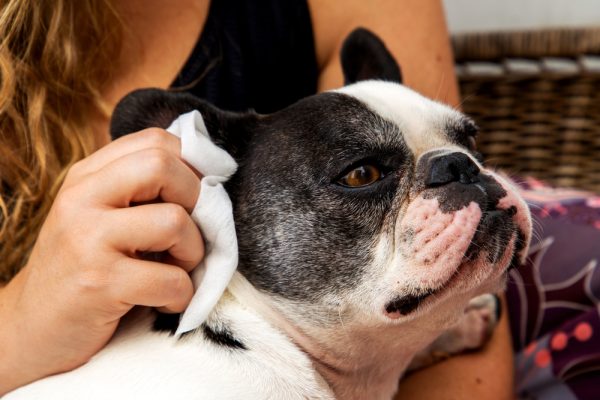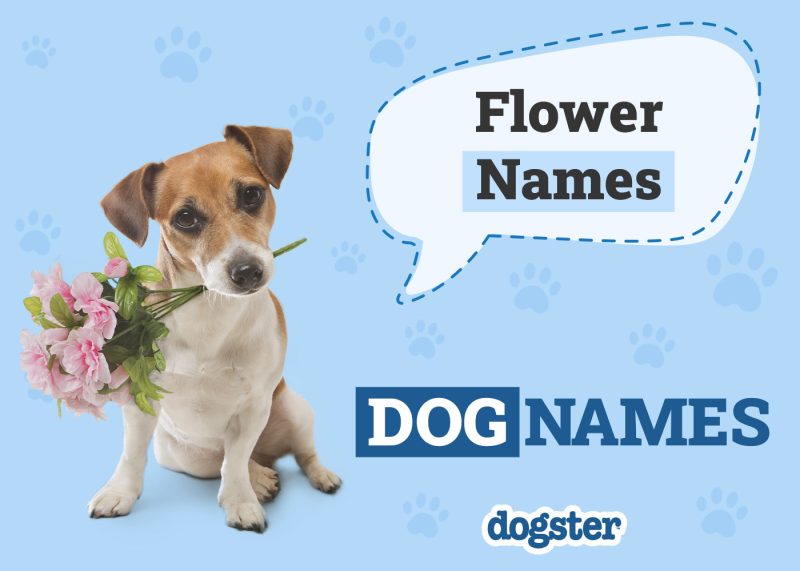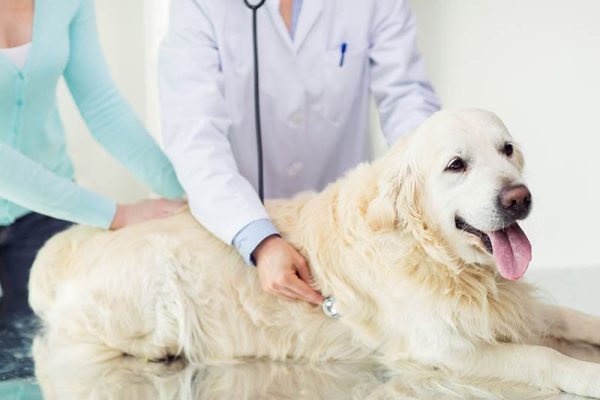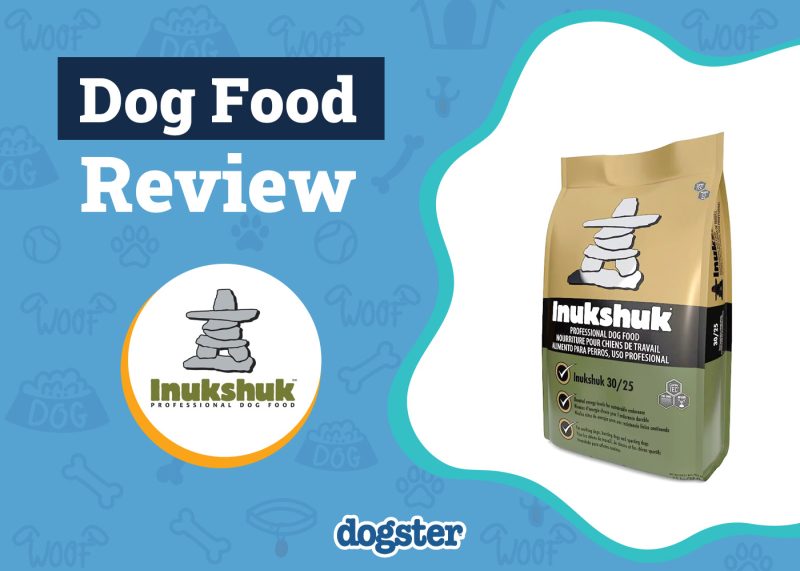In this article
View 2 More +Properly training your dog is a way to set it and you up for a successful relationship and it will make your life a lot easier. There are times when you want your dog to go to a specific place. This can be to its dog bed, outside, or in a different room in your home.
This command, like other obedience commands, can easily be taught with a few different verbal cues and a ton of reinforcement. Before you know it, your dog will know exactly where you want it to go and will happily oblige. Let’s take a look at how to teach your dog the “Place” command.

The 4 Basic Steps to Teach Your Dog the “Place” Command
1. Teach the Verbal Cue
Start by placing your dog on a leash and then stand a few feet away from its bed. Then give the verbal cue of “Place” to instruct your dog to go to its bed. Pat the bed or other area if necessary, so that your dog understands what you want it to do. If and when your dog goes to its bed or other designated area, be sure to give it a treat, while saying “good!” If your dog does not go to their bed, luring it is also an acceptable tool during this first step of the training.
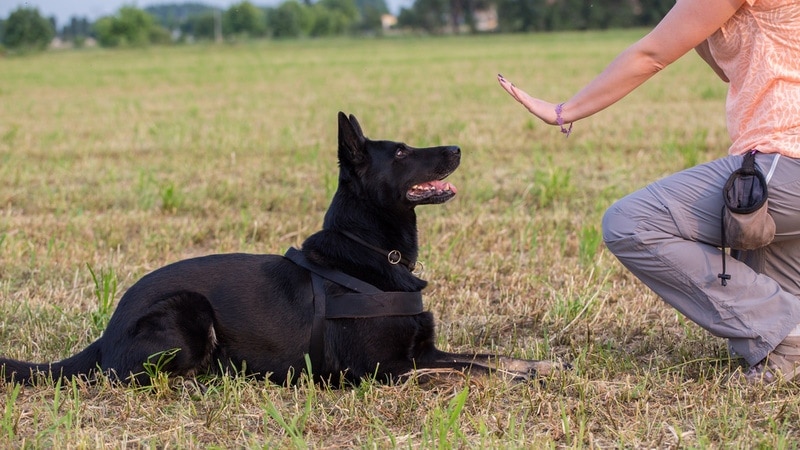
2. Gradually Increase the Time
Once your dog understands that “place” means going to their bed (or any other designated space you choose), you will need to work on gradually increasing the time your dog stays in the place before receiving a reinforcer (“good” + treat). Know that the dog may not stay in place for more than about 10 seconds initially, but this will likely increase the more you practice. The idea is to have your dog learn that they need to stay in that place until you tell them they can move.
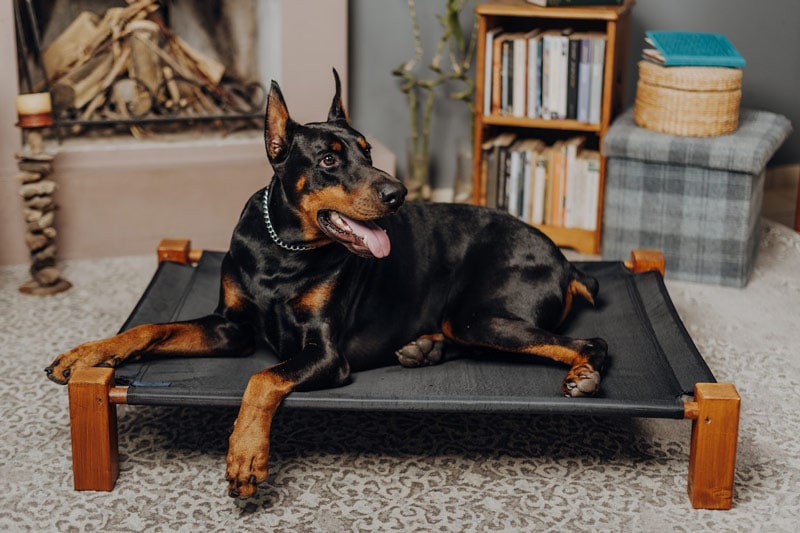
3. Add Distance
Once your dog has a solid foundation and knows that after hearing “place,” they should go there and wait, it is time to start cueing them from farther away. When you are done training, you will be able to send your dog to their place from anywhere in the house and they will know where to go. However, this can only be achieved if you gradually introduce the distance.
4. Practice, Practice, Practice
Keep practicing the “Place” command until your dog instinctively goes to its bed or any other place in the house that you designate after giving the verbal cue. Once the foundations are solid, it is important to purposely add distractors and diverse stimuli into the training. This will prepare your dog for real life scenarios. They will know to go and remain in their designated place no matter what. Well-behaved and well-trained dogs may not move from the “place” until you give them another command to do so. It may take your dog anywhere from 2 to 4 weeks to get the command down.

Other Training Tips
Do Not Wait Too Long to Start Training
You shouldn’t wait to start training your dog after you have adopted it. It may take more time to train your dog the longer you wait. Although puppies have short attention spans, they can learn commands in the first few weeks.
Although it is good to train your dog quickly, certain types of training may not be suitable for all dogs. Most puppies are unable to fully control their bladders until they are 16 weeks old. It might not work if you attempt to potty-train them before that age.
Always Use Treats for Motivation
Dogs love treats, and no matter how they’re doing, they will run if you give them one. Treats can be a very effective tool in training dogs. Treats can be used to reward good behavior or to get your dog to do the desired thing.
Even if you aren’t home, treats can still be given to your pet. You can reward good behavior even while you are away from home by using a dog camera that dispenses treats. Although treats should not always be used to get your dog to behave, they can be a valuable tool in building good behavior and building trust.

Manage Distractions
Distractions are typically the number one obstacle to a successful training session. They can cause dogs to lose focus, just like humans. It’s important to remove distractions from training sessions as much as possible. You can keep their toys out of reach, shut the windows, and do your training in quiet areas away from children and pets. This is especially important when your dog is learning a new trick or behavior. Distractions can and should be carefully managed to teach your dog not to follow them and to remain focused on you no matter what else is happening.
And take note of your training time, using small intervals instead of long hours that may tire out your pup. The ideal time for training is between 10 and 15 minutes. Any longer than that and your pets may become distracted by anything and everything.
Stay Consistent
Repetition is important when it comes to training dogs of all ages. For your puppy to associate regular routine and actions with rewards and commands, then you need to be super consistent. So be sure to keep to a regular schedule for things like feeding, physical activity, breaks, and downtime. Doing so will provide structure to help your dog learn quickly.
Different training methods may be more effective for your dog than others. Clicker training, for example, is one of the most popular types of training and provides a consistent audio cue your dog associates with a reward. This allows the pup to recognize when it has correctly answered your verbal commands.

Conclusion
Done correctly, training cannot only be rewarding but it can be a lot of fun for you and your dog as well. Introducing your dog to the “Place” command is as easy as any other command, it simply takes consistency and an outlined command and reward structure.
See Also:
- How to Teach the “Come” Command to Your Dog in 8 Vet-Approved Steps
- How to Teach Your Dog to Hug: Vet-Recommended Method
Featured Image Credit: Jamie Street, Unsplash




